“In the world of social innovation research it is more pertinent than ever to be attentive to change and adapt accordingly to emerging ideas and practices when presented. This has been the experience of the Social innovation Group and our current work on the ANCHOR project.” – Tom Bailey
The University of Exeter’s Social Innovation group (SIG) has now been working on place-based, person-centred issues within the health and social care sector to promote positive change for over 10 years. The primary focus of this multi-disciplinary research group in recent years has been the HAIRE project: Healthy Ageing through Innovation in Rural Europe, which is funded by the Interreg 2Seas European Regional Development Fund. Through the use of a co-designed Guided Conversation (GC) toolkit, HAIRE aimed to reduce loneliness, isolation and improve general wellbeing in the over 60 age group across rural communities in England, Belgium, France and The Netherlands. In terms of practical objectives, the project aimed to develop and test methods that empower and enable participants to:
- Define what support is needed;
- Participate in the design and delivery of services;
- Develop solutions for the individual to reduce loneliness and improve quality of life, health and wellbeing, supported by the voluntary, private and public sectors.
HAIRE’s approach to achieving these objectives included the HAIRE toolkit, which was developed by the University of Exeter with support and consultation from the project partners in adapting the materials to cater to each location site. The toolkit is person-centred and allows for people to reflect on their own needs, interests, and aspirations in order for individualised care and support to be provided. The GC encourages a wide-ranging informal conversation that takes place between volunteers and participants. With the aid of visual and conversational prompts (see Figure 1), the GC fosters an honest and open dialogue between volunteer and participant to identify how the local area, community and the person themselves influence their wellbeing.

Due to the success of the HAIRE project across its eight pilot sites in Northern Europe, a new opportunity to use the same methodology in a wider area arose in Cornwall, England. This was named the ANCHOR project: Supporting Anticipatory Care and Ageing Well in Cornwall. This was funded by the NHS Cornwall Partnership Ageing Well/Urgent Care Response Programme Board as well as the Duchy Health Charity and a UKRI ESRC Impact Accelerator Award.
The aim of this project was to design and develop GCs to be implemented across the Coastal Primary Care Network (PCN) to support communities and anticipate undesired health outcomes. The ‘test and learn’ approach of the project was supported by the assumption that the toolkit would fit into existing work practices without adding to health practitioners’ workloads.
However, during the lifetime of the project there have been two significant innovations to service design and delivery in Cornwall which led the team to re-think how best the GC could fulfil the desired anticipatory care outcomes. These innovations were the emergence of the Community Hub model and a pilot scheme involving Community Health Workers (CHWs). These developments are part of the rapidly changing landscape of service design and delivery involving Cornwall’s voluntary sector (which we will deal with in another article). Understanding and adapting to these changes has been an important part of our work in ANCHOR.
While working in a practical capacity with both organisations and individuals to aid in the delivery of anticipatory care within the new innovation pathways we have also worked in a conceptual capacity to understand anticipatory care as both a philosophy and process of care. As a philosophy, anticipatory care speaks to the working assumption that care (provided by individuals, the community or health services) should enable people to maintain good health and wellbeing for longer. However, for those with chronic conditions, an Anticipatory Care Plan is necessary to precisely identify how an individual should be supported to prevent a deterioration in their condition and unwarranted health outcomes.
The ANCHOR project’s original aims – such as improving the management of long-term conditions, reducing loneliness and isolation, improving general wellbeing and reducing the demand on GP surgeries – are still important but can now be considered long term goals to be achieved while working in the emerging ecosystem of care including through Community Hubs and the CHW programme. Data will continue to be collected on these impacts, but the results will likely be published after the lifetime of the project.
The project is now essentially working to build capacity and skills in the sector that both supports the philosophy and process of anticipatory care. The ANCHOR project’s timeline serves to illustrate that flexibility, resilience and persistence required in the voluntary care sector and in research generally in order to succeed.
Article by Tom Bailey, Research Assistant on the Anchor Project
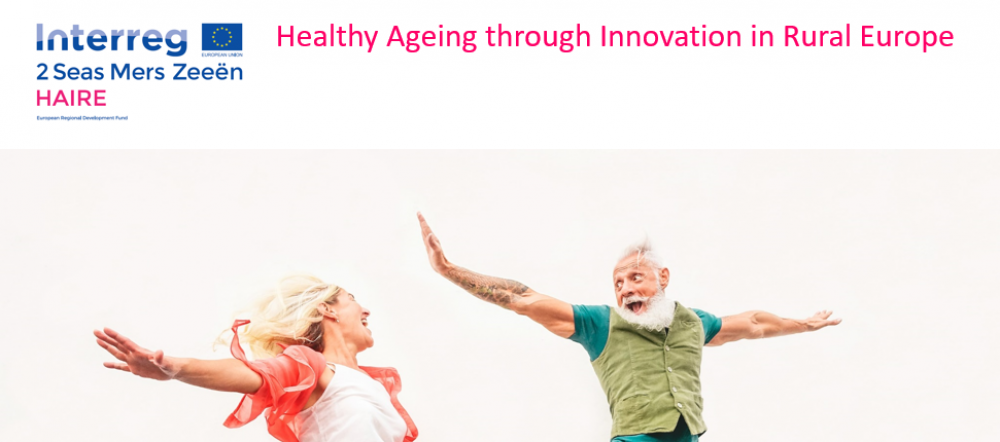
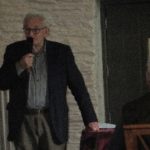
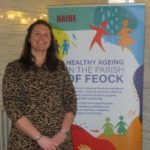
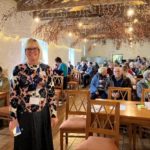

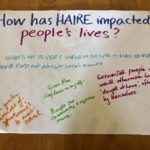
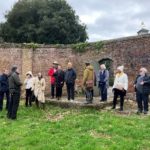
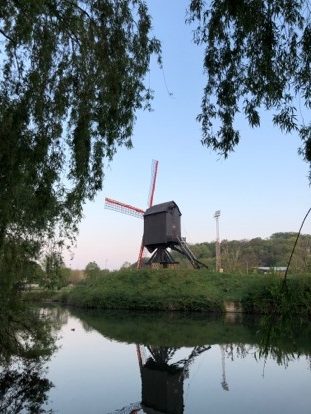
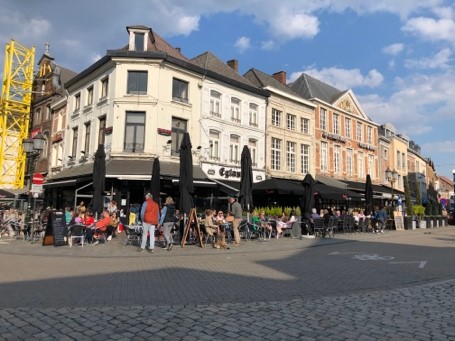
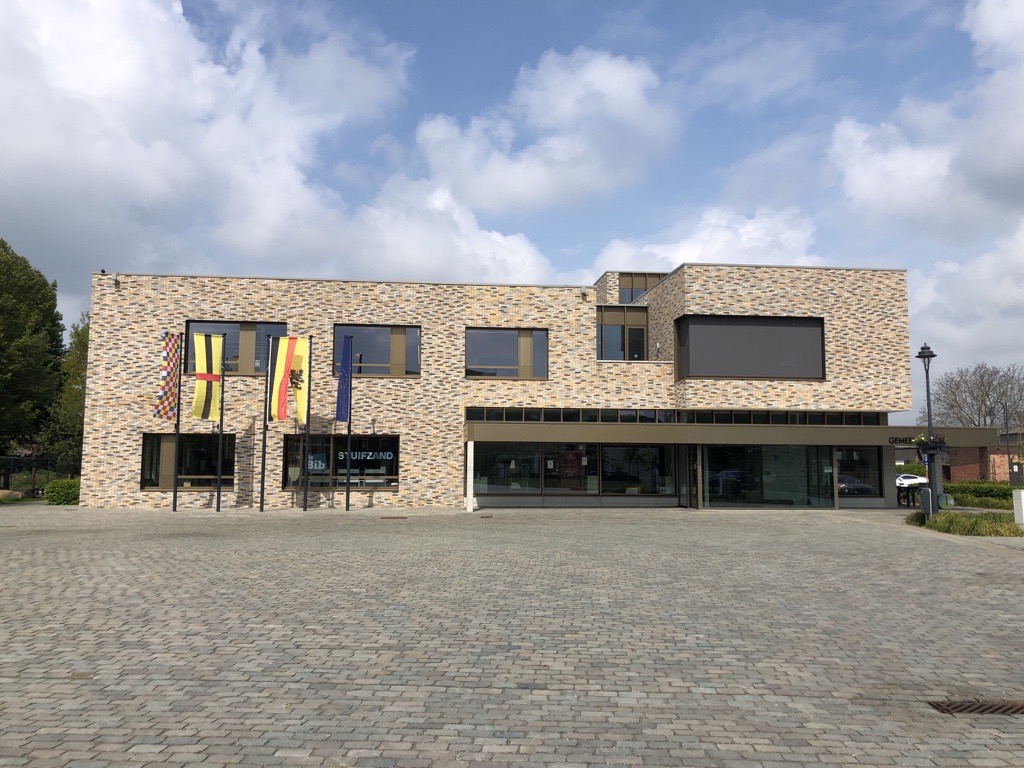 I meet four volunteers who have some fascinating insights into their experience of using the HAIRE toolkit. They are very generous with their knowledge, and – with a retired Alderman amongst their number – we have an in-depth discussion about new models of service design and delivery. The issues in this part of rural Belgium are familiar across the project: people growing older sometimes become less confident and stop going out as much. They become isolated and suffer some consequences to their overall wellbeing. The Guided Conversation has helped to reconnect them to the community. The partners are especially looking forward to taking ownership of a new minibus; transport here is very limited – it’s no surprise that getting around is a problem in all our pilot sites.
I meet four volunteers who have some fascinating insights into their experience of using the HAIRE toolkit. They are very generous with their knowledge, and – with a retired Alderman amongst their number – we have an in-depth discussion about new models of service design and delivery. The issues in this part of rural Belgium are familiar across the project: people growing older sometimes become less confident and stop going out as much. They become isolated and suffer some consequences to their overall wellbeing. The Guided Conversation has helped to reconnect them to the community. The partners are especially looking forward to taking ownership of a new minibus; transport here is very limited – it’s no surprise that getting around is a problem in all our pilot sites.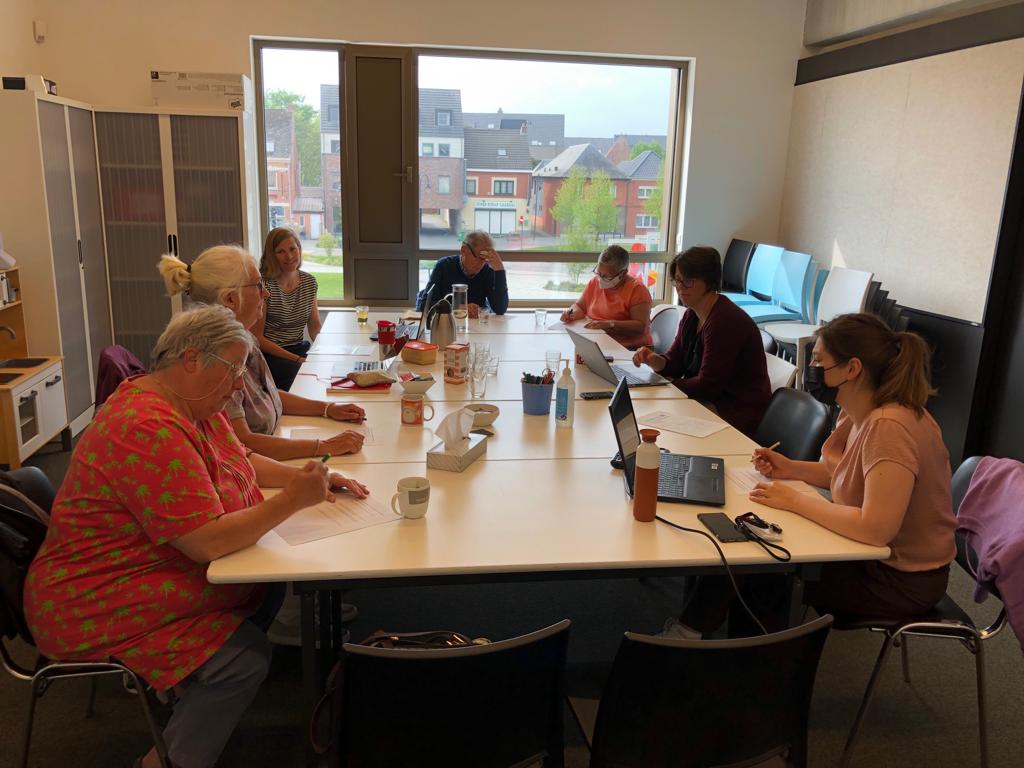
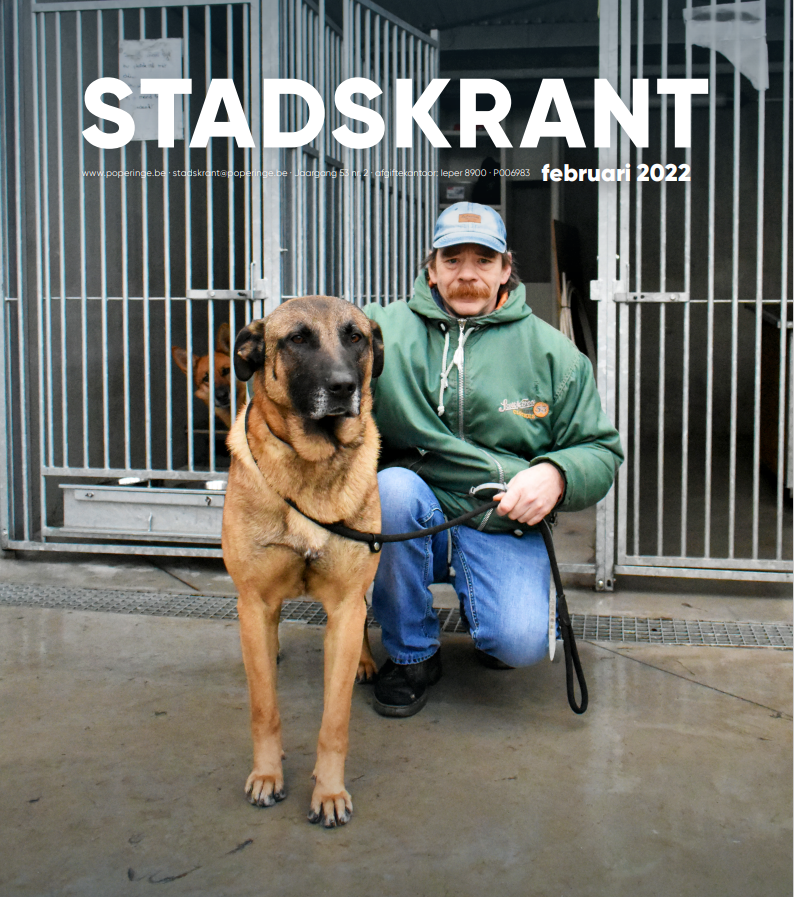
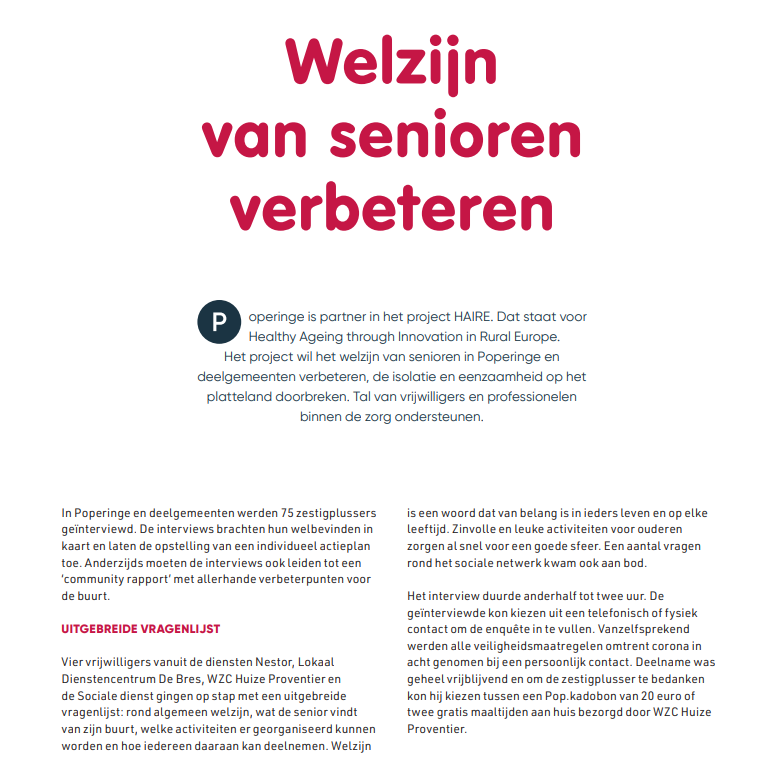
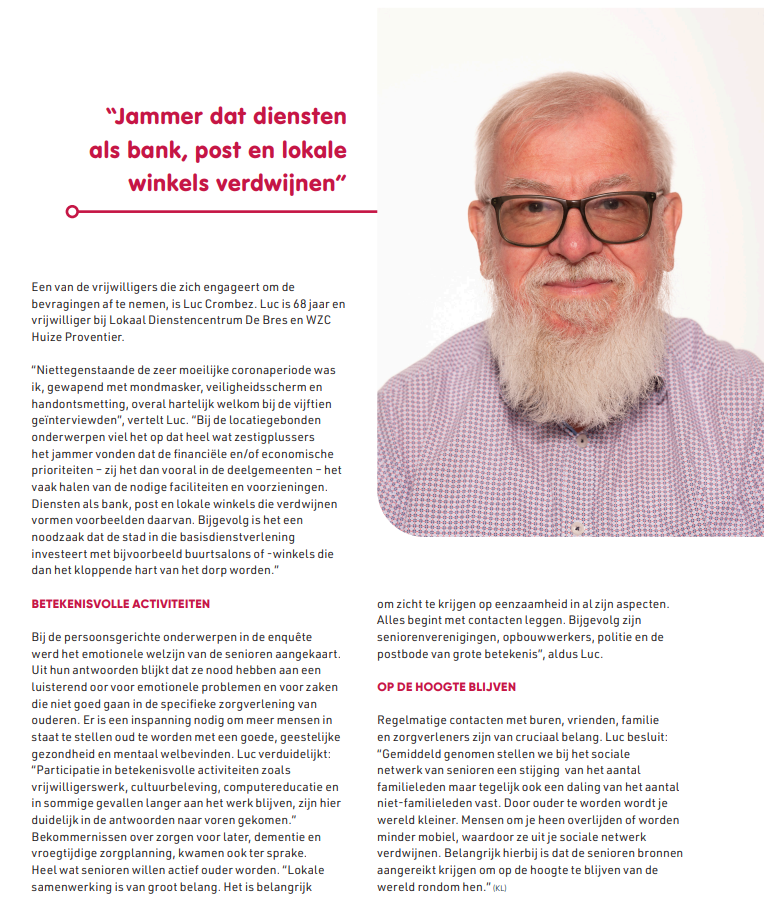
 Season’s Greetings! After nearly two years of working together throughout the Covid pandemic, the team has still not managed to meet up in person since the project launch in early 2020. At the end of 2021, plans for our first face to face gathering were once again thwarted by the emergence of Omicron, but we are still finding ways to connect with each other on a personal level despite everything. To celebrate the season, the HAIRE team got together virtually to share their favourite family recipes from each of our four countries: the UK, France, Belgium and the Netherlands. Such was the response we decided to make our own HAIRE recipe book, featuring tasty dips and snacks, desserts and treats from across the 2Seas region. Below are a few highlights …bon appetit!
Season’s Greetings! After nearly two years of working together throughout the Covid pandemic, the team has still not managed to meet up in person since the project launch in early 2020. At the end of 2021, plans for our first face to face gathering were once again thwarted by the emergence of Omicron, but we are still finding ways to connect with each other on a personal level despite everything. To celebrate the season, the HAIRE team got together virtually to share their favourite family recipes from each of our four countries: the UK, France, Belgium and the Netherlands. Such was the response we decided to make our own HAIRE recipe book, featuring tasty dips and snacks, desserts and treats from across the 2Seas region. Below are a few highlights …bon appetit!

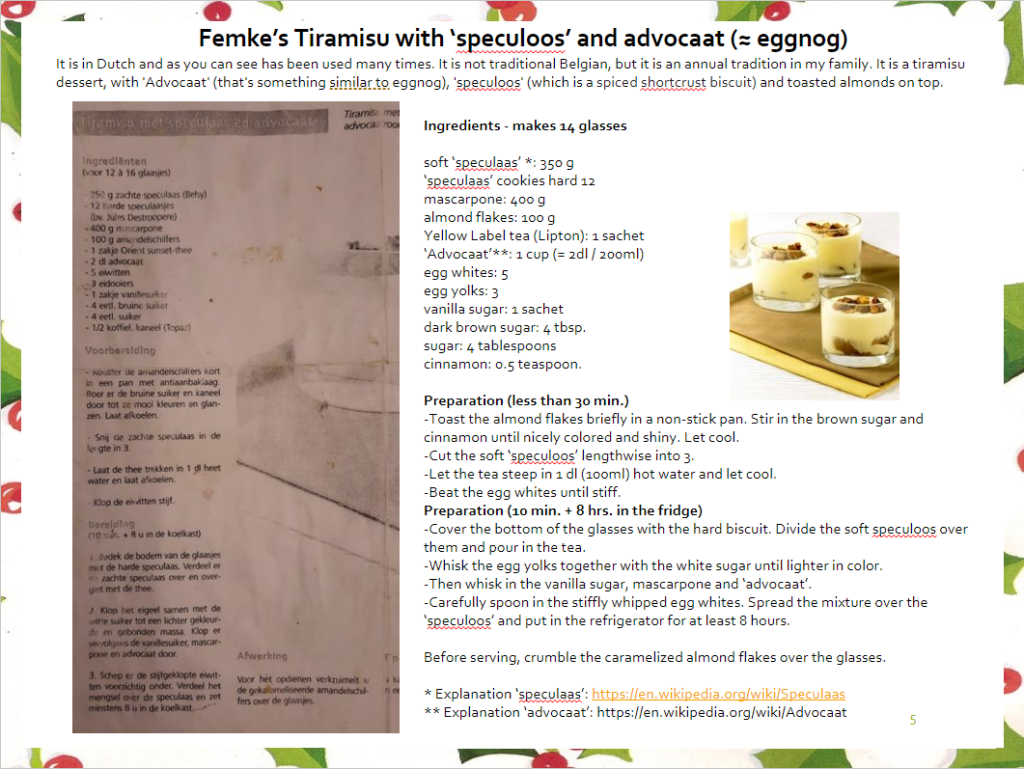
 Ha sido una primavera fría y recia para todos los miembros de la comunidad HAIRE: el Reino Unido registró la temperatura más baja en abril desde 1922. Sin embargo, hoy brilla el sol y nos sentimos más esperanzados mientras nos preparamos para el verano y la apertura de nuestras comunidades. A finales de abril, los colaboradores de HAIRE habían elaborado los primeros borradores de los informes comunitarios de nuestras zonas piloto, que combinan la información obtenida en las conversaciones guiadas, los planes de acción y el análisis de los barrios. Nuestros colaboradores se preparan ahora para nuestro próximo gran reto: crear conjuntamente una prestación de servicios innovadora en los lugares piloto y fuera de ellos que responda a los retos identificados en sus zonas. Algunos retos son exclusivos de los centros piloto y otros se derivan de problemas comunes en la Europa rural.
Ha sido una primavera fría y recia para todos los miembros de la comunidad HAIRE: el Reino Unido registró la temperatura más baja en abril desde 1922. Sin embargo, hoy brilla el sol y nos sentimos más esperanzados mientras nos preparamos para el verano y la apertura de nuestras comunidades. A finales de abril, los colaboradores de HAIRE habían elaborado los primeros borradores de los informes comunitarios de nuestras zonas piloto, que combinan la información obtenida en las conversaciones guiadas, los planes de acción y el análisis de los barrios. Nuestros colaboradores se preparan ahora para nuestro próximo gran reto: crear conjuntamente una prestación de servicios innovadora en los lugares piloto y fuera de ellos que responda a los retos identificados en sus zonas. Algunos retos son exclusivos de los centros piloto y otros se derivan de problemas comunes en la Europa rural.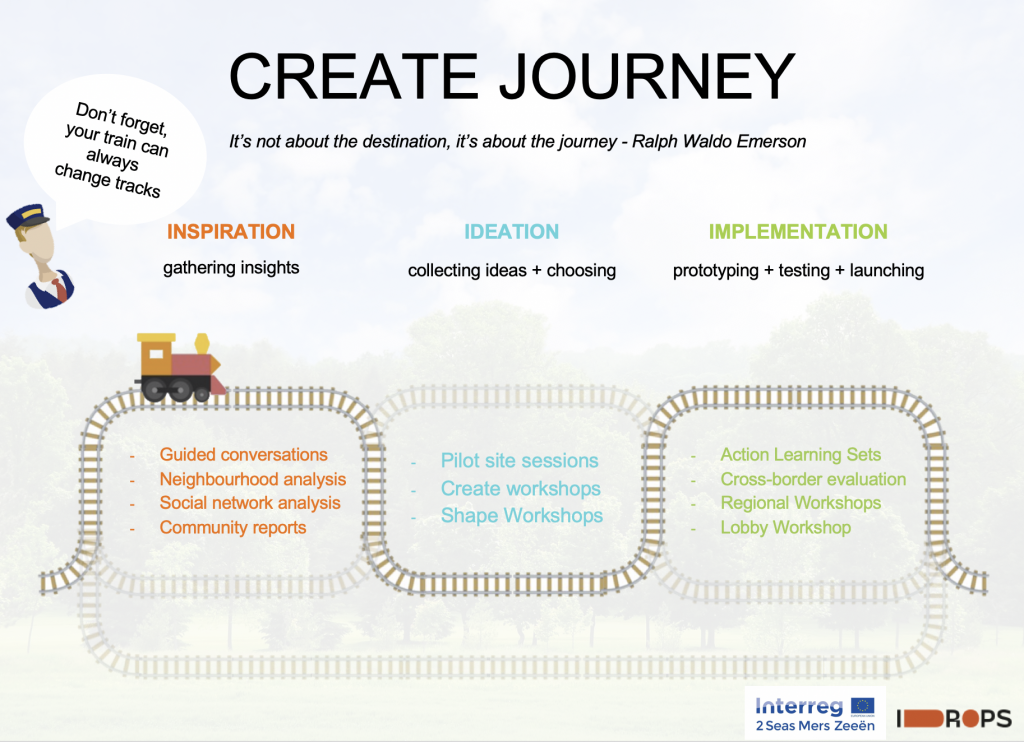
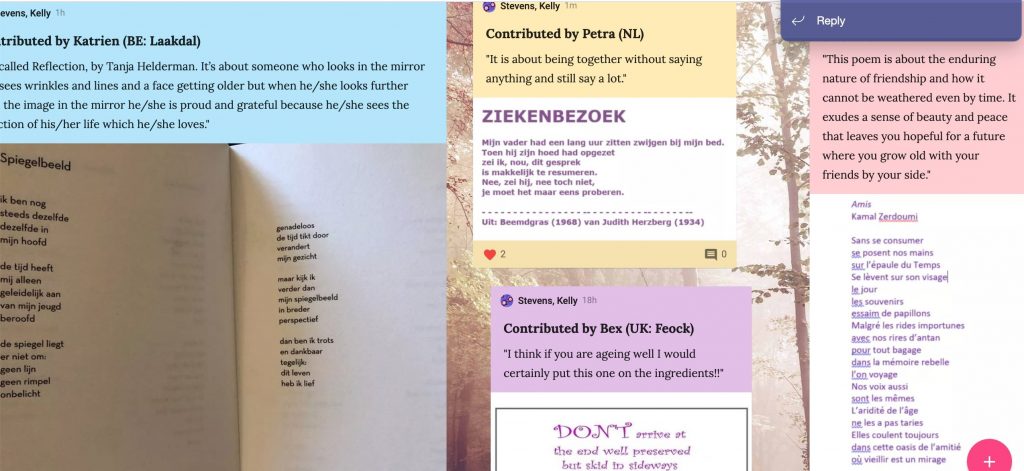

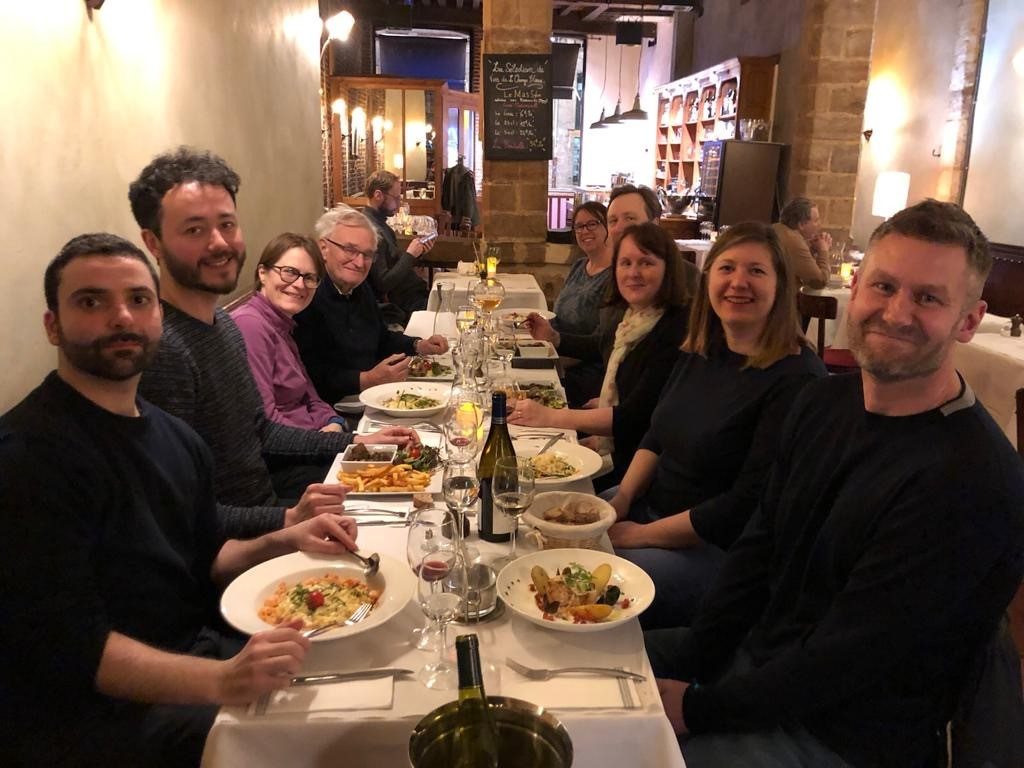
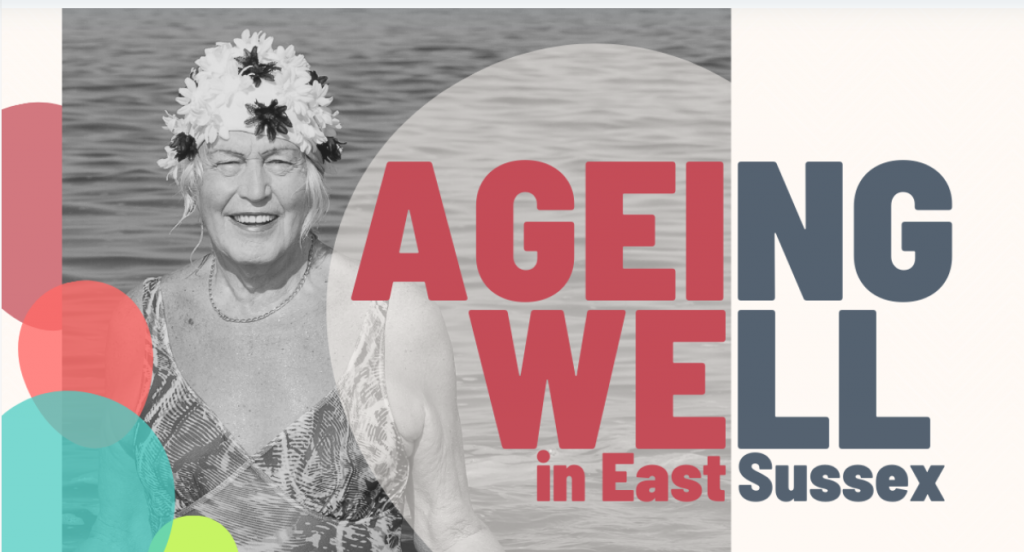
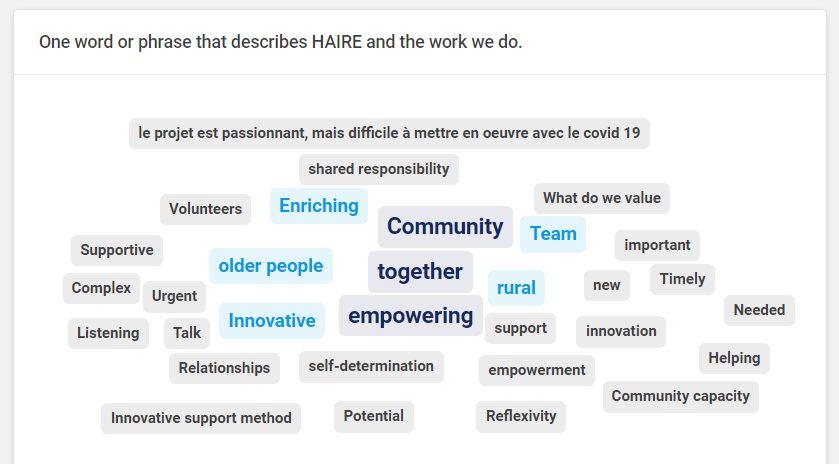 Lors de notre dernière réunion entre partenaires, nous avons demandé à chacun de décrire le travail réalisé par le projet HAIRE en un mot, par le biais de l’application web Slido. La bulle de mots a peu à peu pris forme et trois mots se sont démarqués : Autonomiser [en anglais « empowering »] Communauté Ensemble. A la lumière de cela, on ne s’étonnera pas de voir que nous avons dépassé notre objectif de recrutement d’Aidants en dépit des confinements et d’un contact présentiel limité avec les personnes âgées. Les Aidants sont les bénévoles et les professionnels de la santé qui ont été formés pour utiliser la boite à outils du projet HAIRE et diriger des entretiens avec les personnes âgées. Au départ, notre objectif de recrutement était de 80 Aidants ; nous en avons maintenant 147, dont 115 qui ont reçu leur formation. Bien que nous ayons été retardés, nous sommes en voie d’atteindre un total de 600 participants aux Conversations Guidées : nous avons recruté 282 participants parmi lesquels 126 ont déjà commencé leurs conversations.
Lors de notre dernière réunion entre partenaires, nous avons demandé à chacun de décrire le travail réalisé par le projet HAIRE en un mot, par le biais de l’application web Slido. La bulle de mots a peu à peu pris forme et trois mots se sont démarqués : Autonomiser [en anglais « empowering »] Communauté Ensemble. A la lumière de cela, on ne s’étonnera pas de voir que nous avons dépassé notre objectif de recrutement d’Aidants en dépit des confinements et d’un contact présentiel limité avec les personnes âgées. Les Aidants sont les bénévoles et les professionnels de la santé qui ont été formés pour utiliser la boite à outils du projet HAIRE et diriger des entretiens avec les personnes âgées. Au départ, notre objectif de recrutement était de 80 Aidants ; nous en avons maintenant 147, dont 115 qui ont reçu leur formation. Bien que nous ayons été retardés, nous sommes en voie d’atteindre un total de 600 participants aux Conversations Guidées : nous avons recruté 282 participants parmi lesquels 126 ont déjà commencé leurs conversations.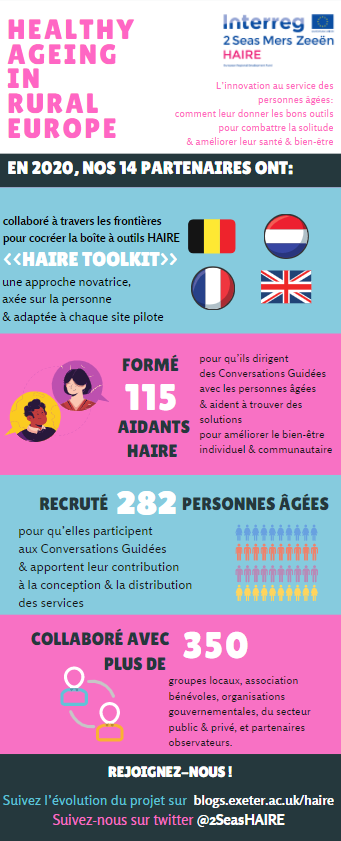 Dans sa conception, le projet HAIRE prend en compte ses futurs utilisateurs ainsi que le souci de la durabilité. Nos partenaires sont déjà en train de présenter le projet à de potentiels futurs utilisateurs de la boite à outils. Au Royaume-Uni, Devon Mind [association caritative axée sur la santé mentale] a présenté le projet HAIRE et son équipe à CoLab Exeter, un centre de cotravail intersectoriel et pluri-institutions sous le toit duquel environ 35 différents projets et services travaillent ensemble. Des échanges ont également eu lieu entre le conseil général du Sussex, Rother Voluntary Action et le conseil d’arrondissement de Hastings. D’un bout à l’autre de la région des 2Mers, nos partenaires sont en conversation avec les services sociaux des autorités locales ; en Belgique, des échanges ont eu lieu avec la Province d’Anvers et LiCalab (« Living and Care Lab »). En France, l’Université d’Artois a mis en place un partenariat – baptisé le « Cluster Senior » – entre plus de 30 organismes de la région; nos partenaires français se sont aussi associés au projet Interreg TICC, dirigé par Buurtzorg. Dans tous les pays, les sites pilotes maintiennent un contact régulier avec leur partenaire observateur. Au total, plus de 350 groupes locaux, groupes de bénévoles et une grande variété d’organismes ont contribué au partenariat HAIRE.
Dans sa conception, le projet HAIRE prend en compte ses futurs utilisateurs ainsi que le souci de la durabilité. Nos partenaires sont déjà en train de présenter le projet à de potentiels futurs utilisateurs de la boite à outils. Au Royaume-Uni, Devon Mind [association caritative axée sur la santé mentale] a présenté le projet HAIRE et son équipe à CoLab Exeter, un centre de cotravail intersectoriel et pluri-institutions sous le toit duquel environ 35 différents projets et services travaillent ensemble. Des échanges ont également eu lieu entre le conseil général du Sussex, Rother Voluntary Action et le conseil d’arrondissement de Hastings. D’un bout à l’autre de la région des 2Mers, nos partenaires sont en conversation avec les services sociaux des autorités locales ; en Belgique, des échanges ont eu lieu avec la Province d’Anvers et LiCalab (« Living and Care Lab »). En France, l’Université d’Artois a mis en place un partenariat – baptisé le « Cluster Senior » – entre plus de 30 organismes de la région; nos partenaires français se sont aussi associés au projet Interreg TICC, dirigé par Buurtzorg. Dans tous les pays, les sites pilotes maintiennent un contact régulier avec leur partenaire observateur. Au total, plus de 350 groupes locaux, groupes de bénévoles et une grande variété d’organismes ont contribué au partenariat HAIRE.